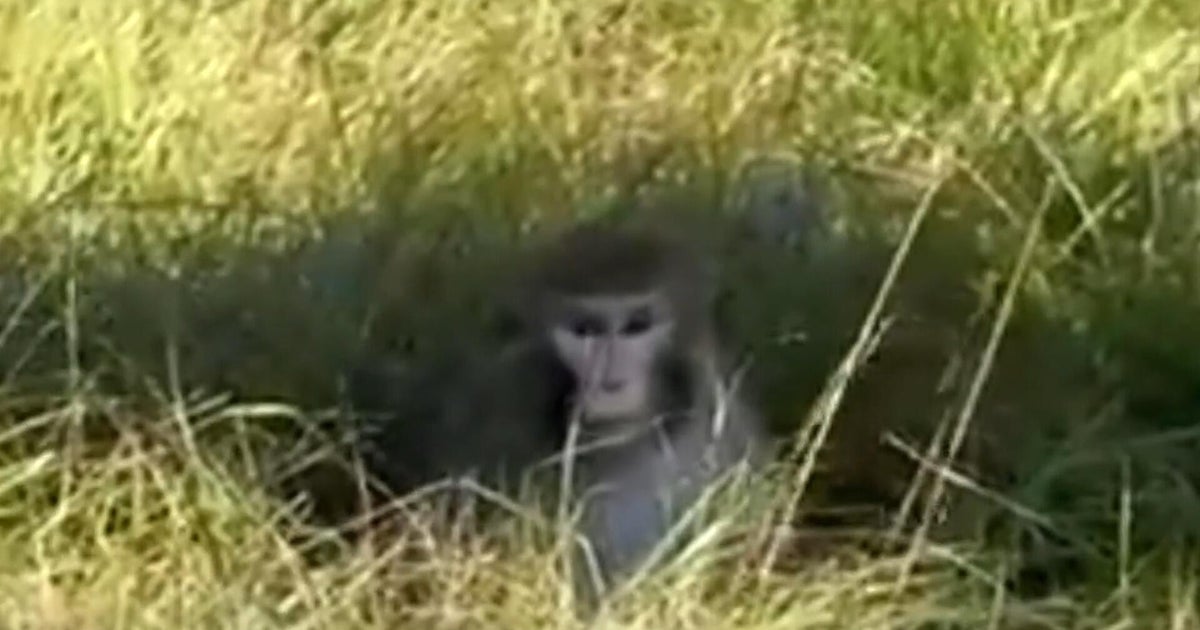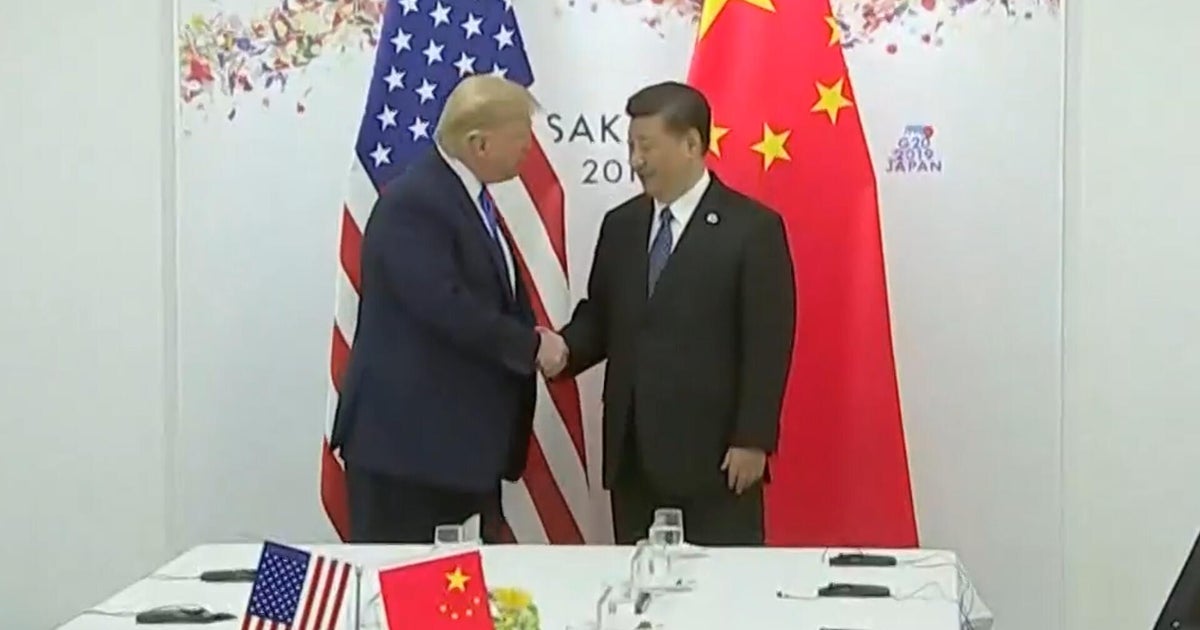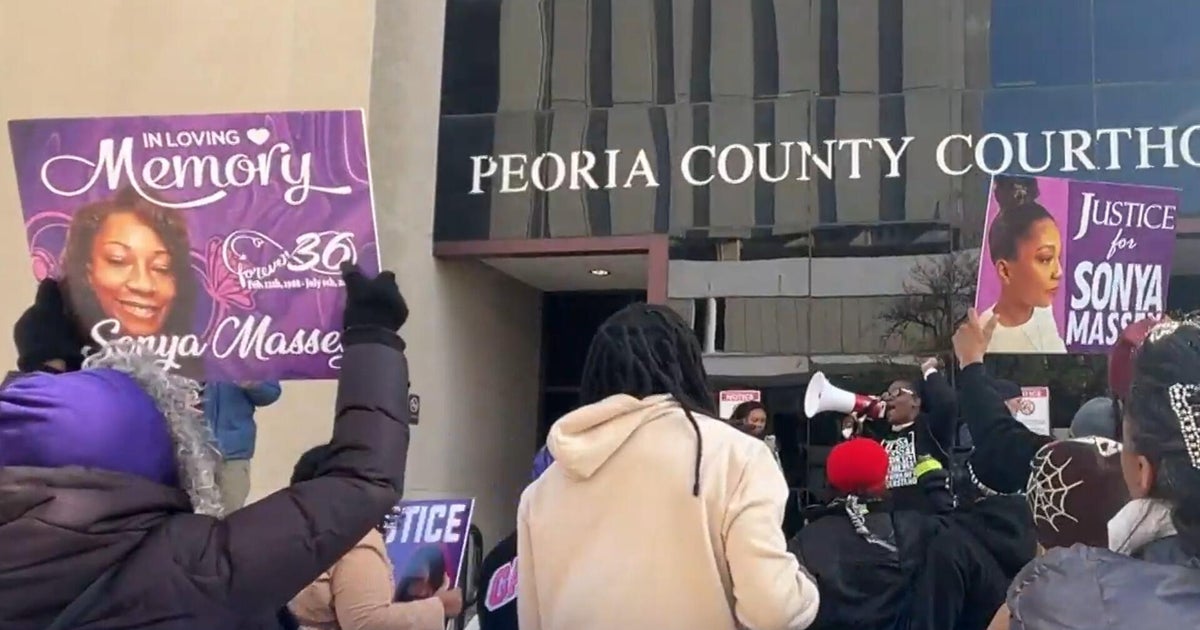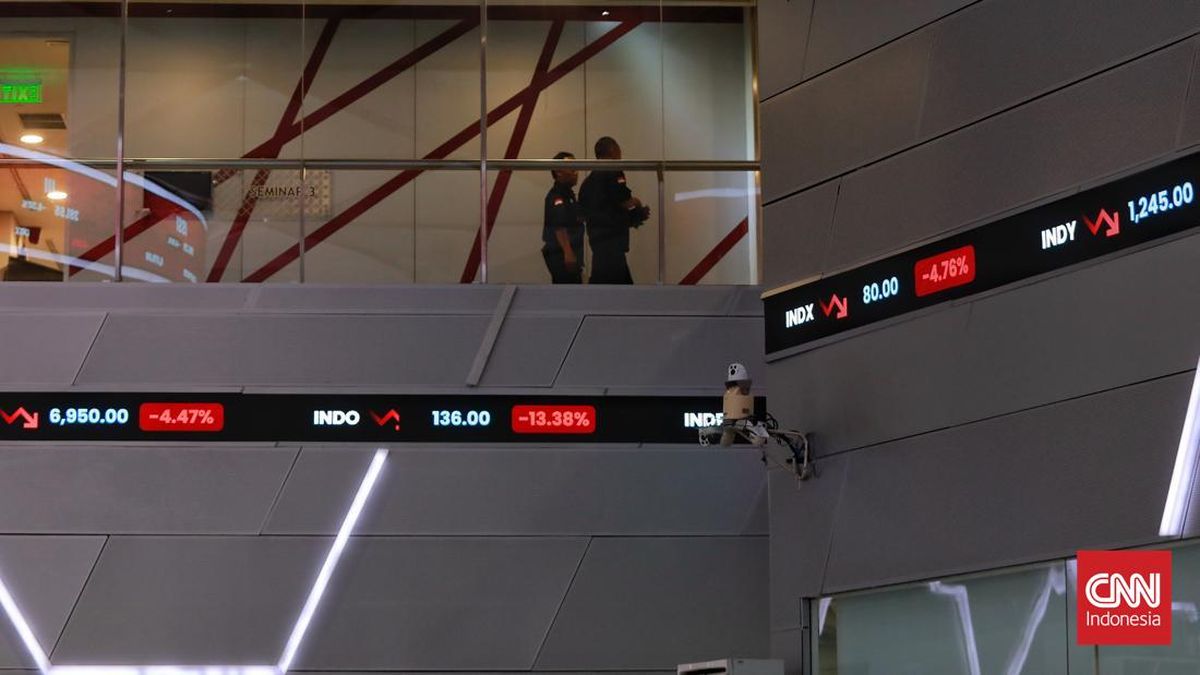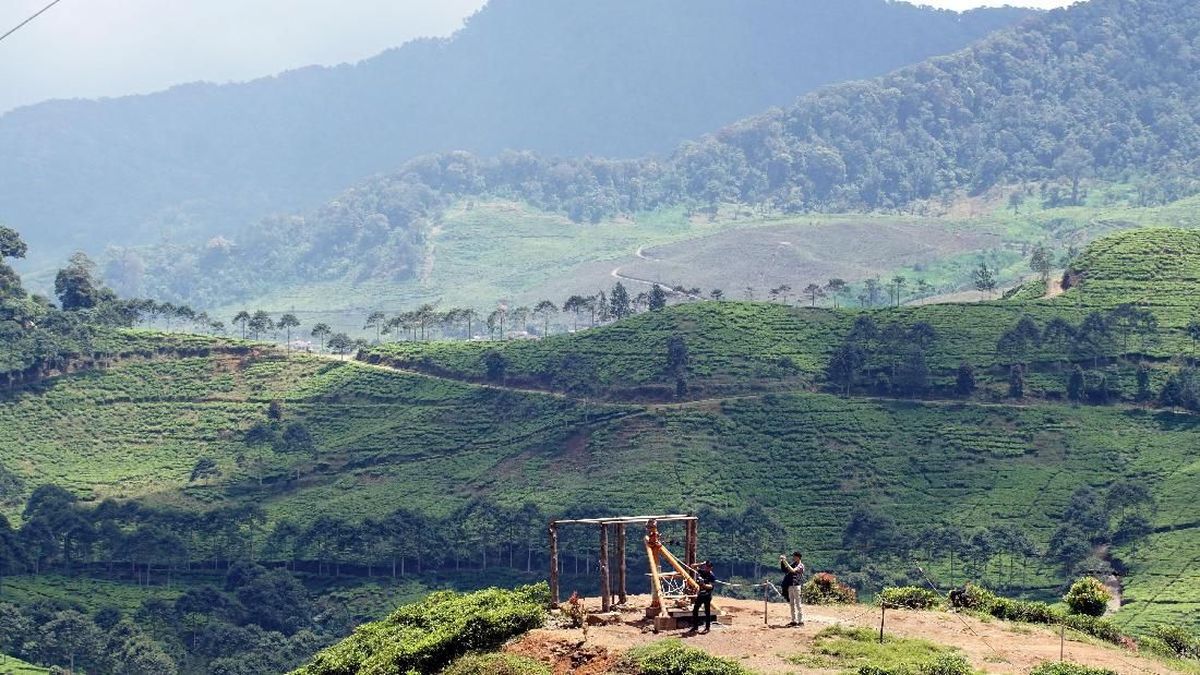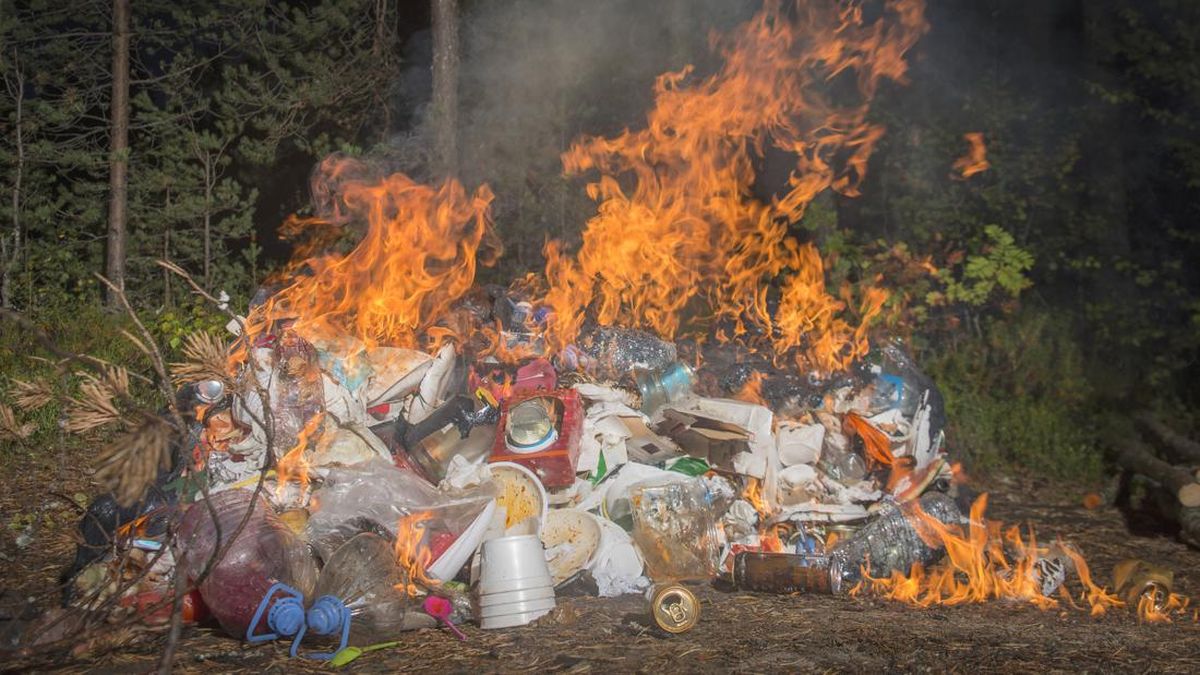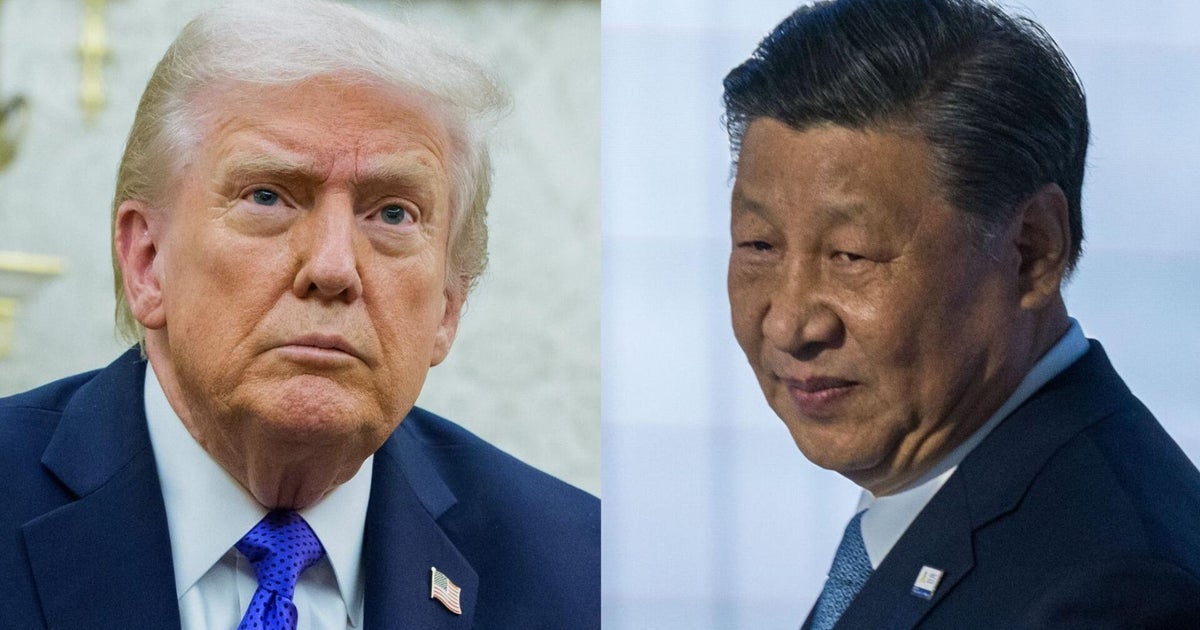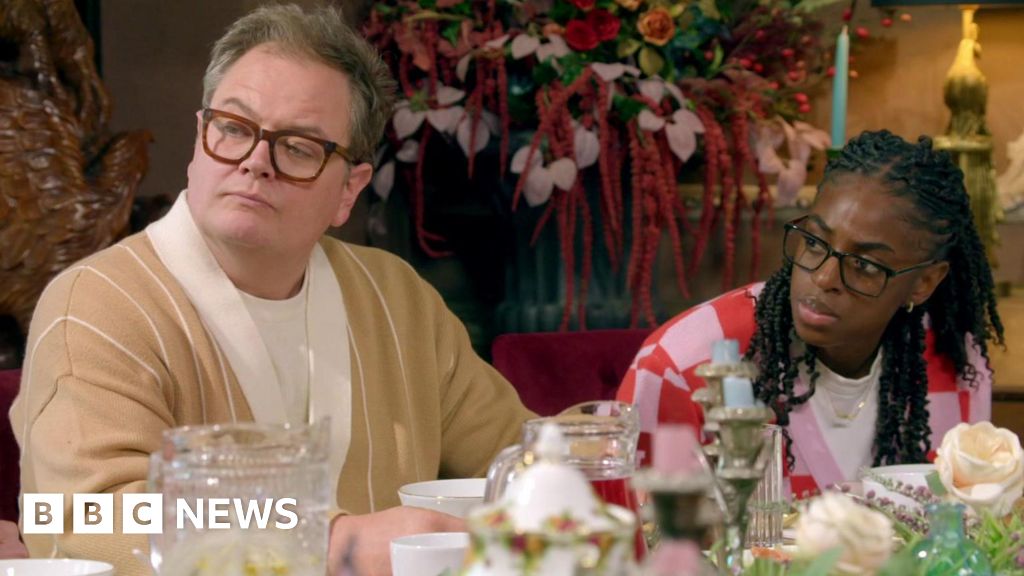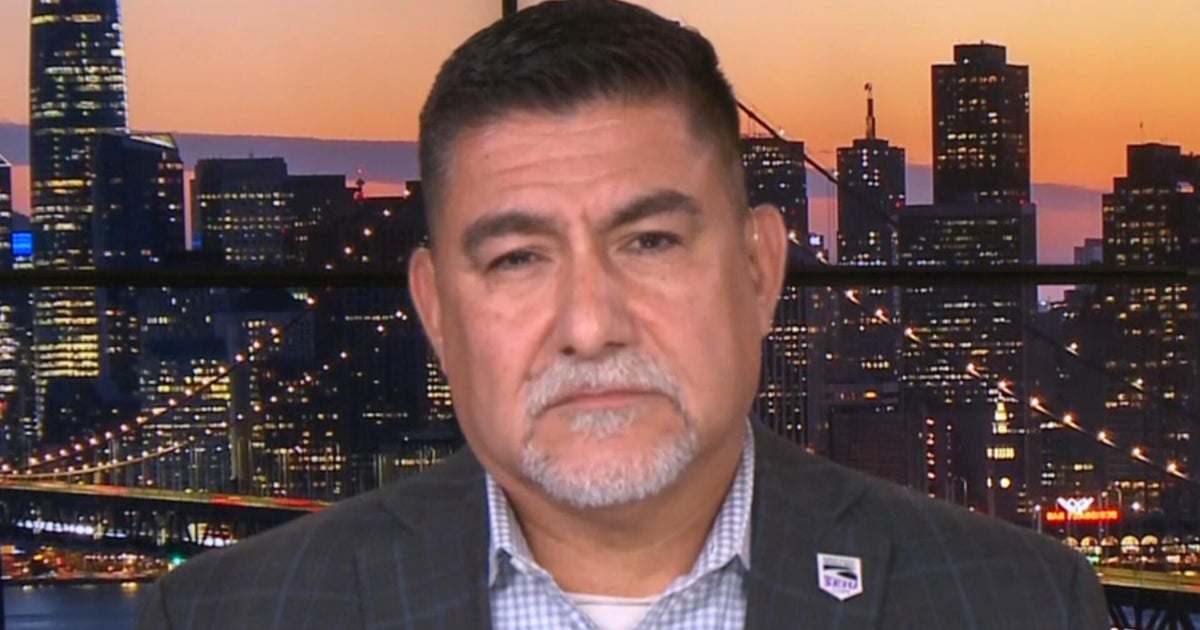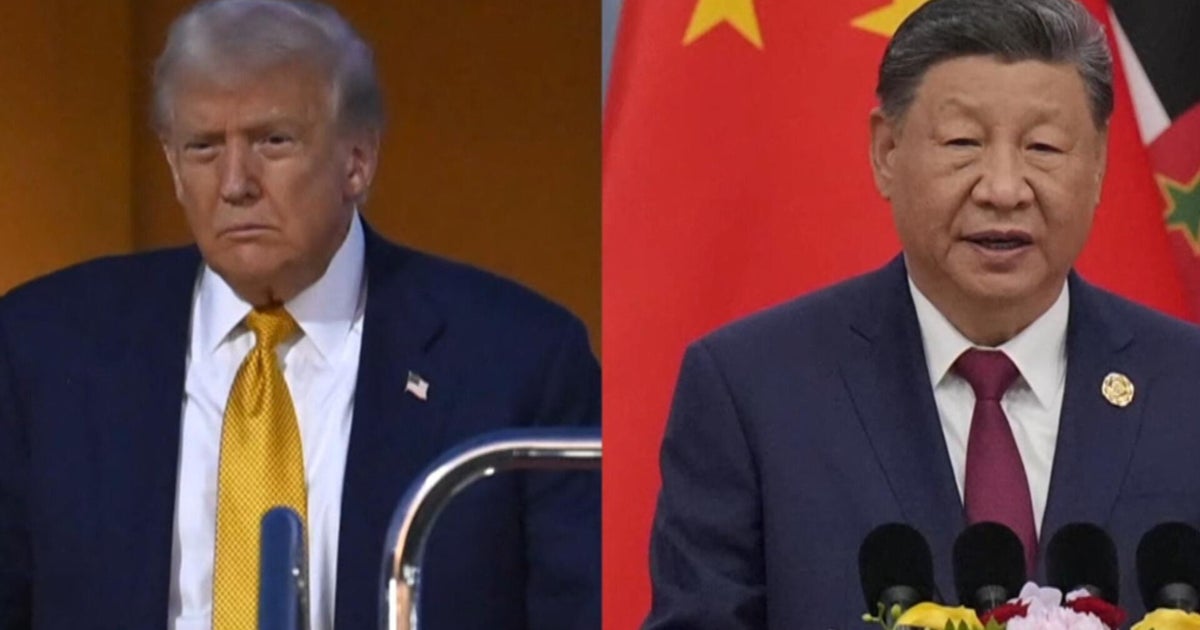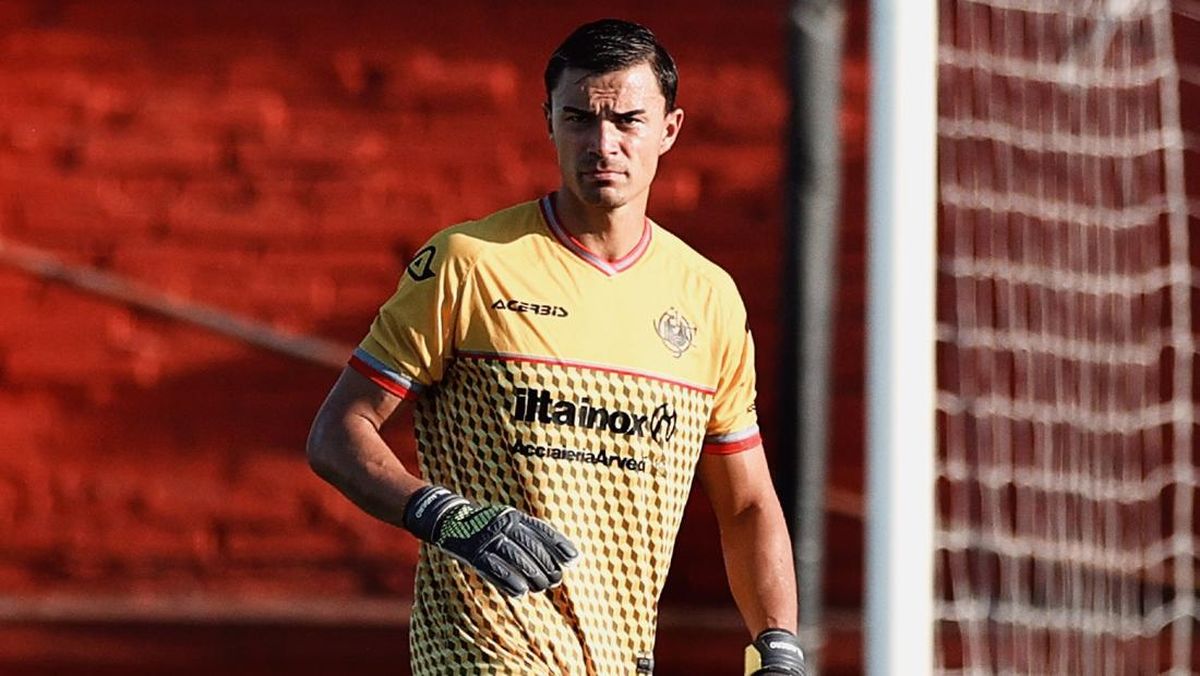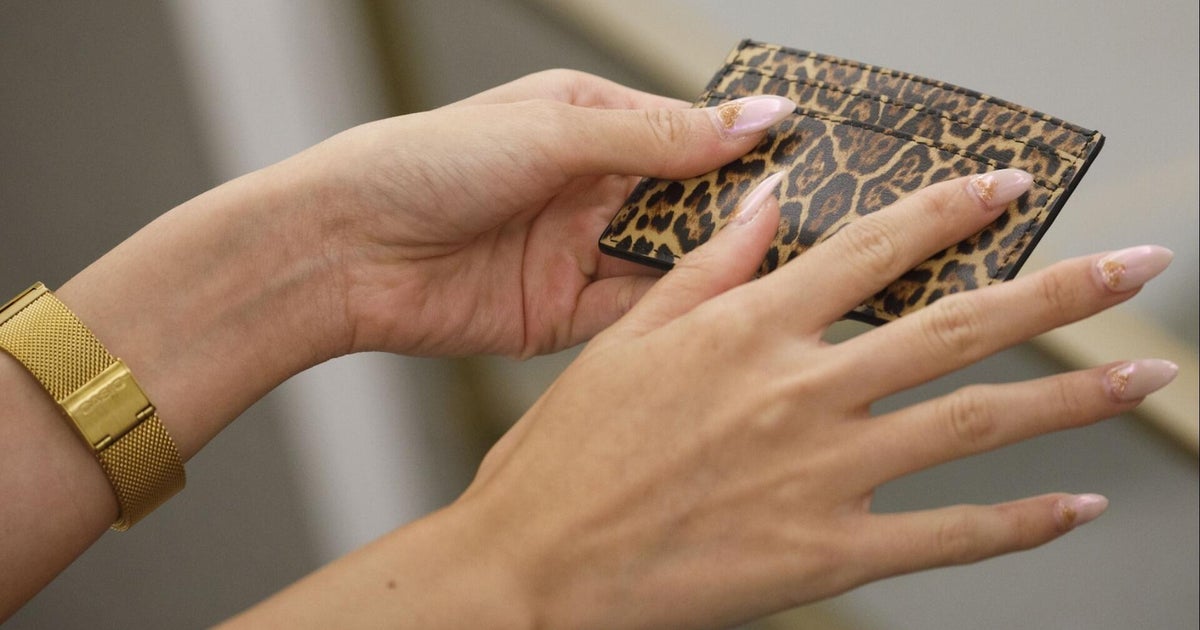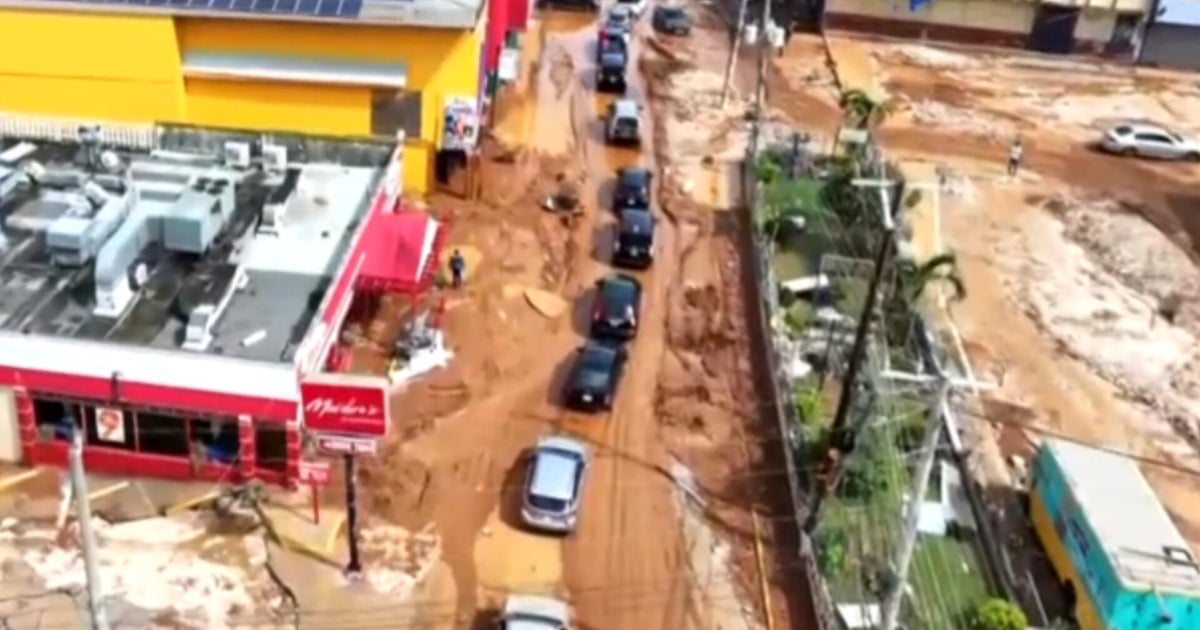The chance of a rate cut at the Reserve Bank’s next meeting has plummeted after annual inflation jumped to its highest level in more than a year and recorded its sharpest quarterly rise since 2022.
Inflation for the year to September was 3.2 per cent, according to data released by the Australian Bureau of Statistics on Wednesday, a rise in the headline inflation rate of 1.1 per cent.

RBA governor Michele Bullock said a difference of more than 0.3 percentage points between the bank’s forecast and the data on Wednesday would be a “material miss”.Credit: Dominic Lorrimer
Trimmed mean inflation, which removes the impact of the highest and lowest price changes and is a key measure for the Reserve Bank, came in at 1 per cent for the three months to September and 3 per cent over the year.
In its latest statement on monetary policy, the Reserve Bank said it expected headline inflation to climb to 3 per cent by the end of the year and for trimmed mean inflation to drop from 2.7 per cent to 2.6 per cent, closer to the middle of its target range of 2 to 3 per cent.
The quarterly rise in inflation of 1.3 per cent in September was well above the 0.7 per cent reading that would have kept inflation on track to hit the Reserve Bank’s forecast for December.
Bullock flagged during a question-and-answer session at the Australian Business Economists event in Sydney this week that a difference of 0.3 percentage points between the bank’s forecast and the actual figure for the three months to September would be “a reasonably material miss”.
The numbers had an immediate impact on financial markets. The Australian dollar climbed almost half a cent against the US dollar, reaching US66¢ on expectations of higher interest rate settings, while the ASX200 shed 0.7 per cent in the 30 minutes after the release of the data.
The biggest price rises in the September quarter were housing (up 2.5 per cent), recreation and culture (up 1.9 per cent) and transport (up 1.2 per cent).
The increase in housing costs reflected the biggest rise in property rates and charges in over a decade. These rates and charges are generally reviewed and increased by councils in the September quarter, but the 6.3 per cent growth this year was the largest since 2014 and shared across all capital cities.
Loading
While the annual jump in electricity prices (up 23.5 per cent) was broadly expected as government rebates were wound back, and rent increases continued to ease to 3.8 per cent – the lowest since December 2022 – price growth for services, including restaurants, dentists and vets, has risen.
Domestic holiday travel also became more expensive in the September quarter because of higher accommodation and airfare prices.
Capital Economics senior economist Marcel Thieliant said the figures suggested price pressures across the economy were broad-based in a development that would worry the Reserve Bank.
“With inflation vastly overshooting the RBA’s forecasts, the bank won’t cut interest rates at its November meeting, and the chances that it won’t loosen policy any further are rising,” he said.
Deloitte Access Economics partner Stephen Smith said while the figures were stronger than expected, they did not change his expectation that the Reserve Bank would cut rates in December.
He said the bank would look through the large lift in electricity prices, which were due to the end of consumer subsidies.
“September quarter economic growth data is expected to be soft, underscoring the continued cost-of-living pressure facing many households and the need for additional interest rate relief to further propel a nascent economic recovery,” he said.
More to come
Most Viewed in Politics
Loading


